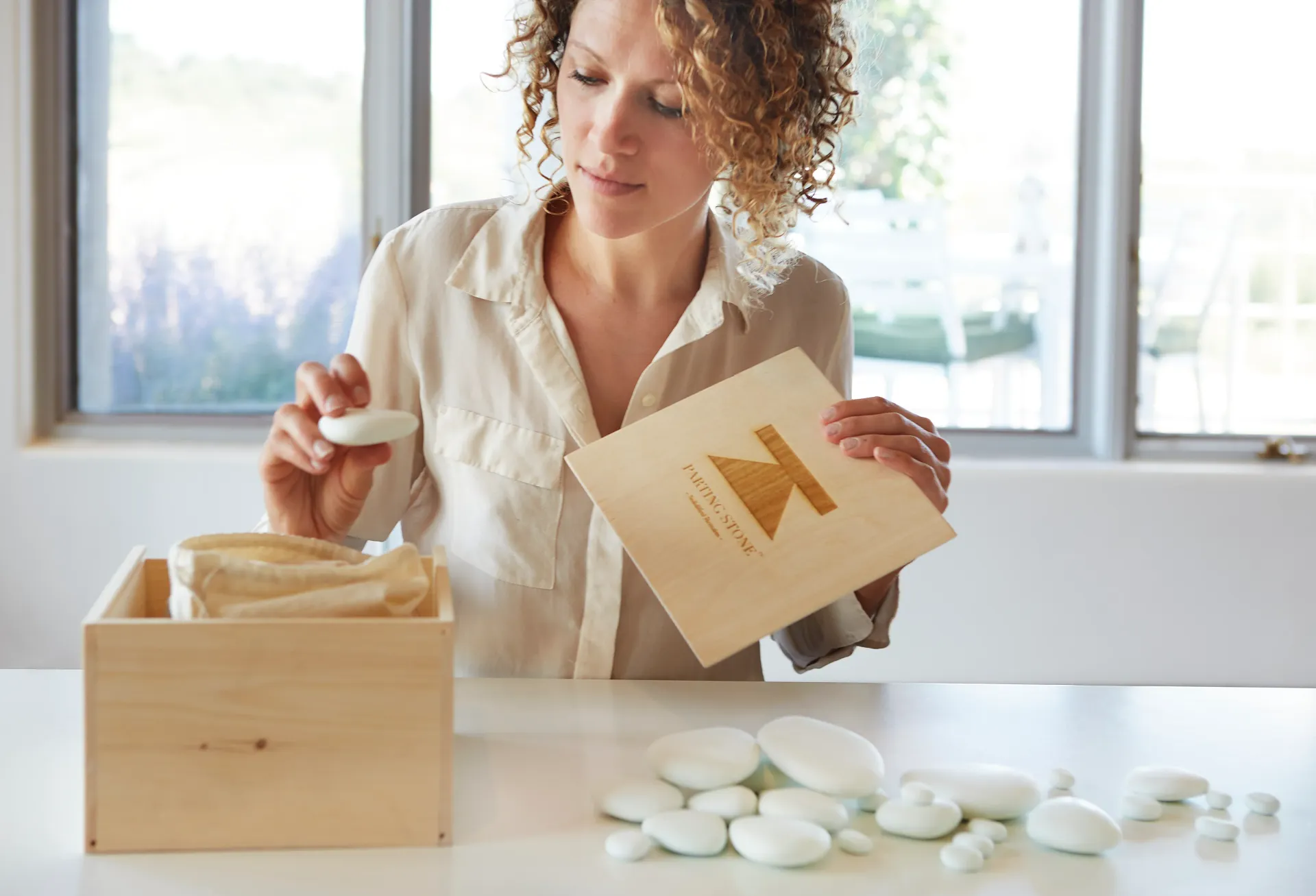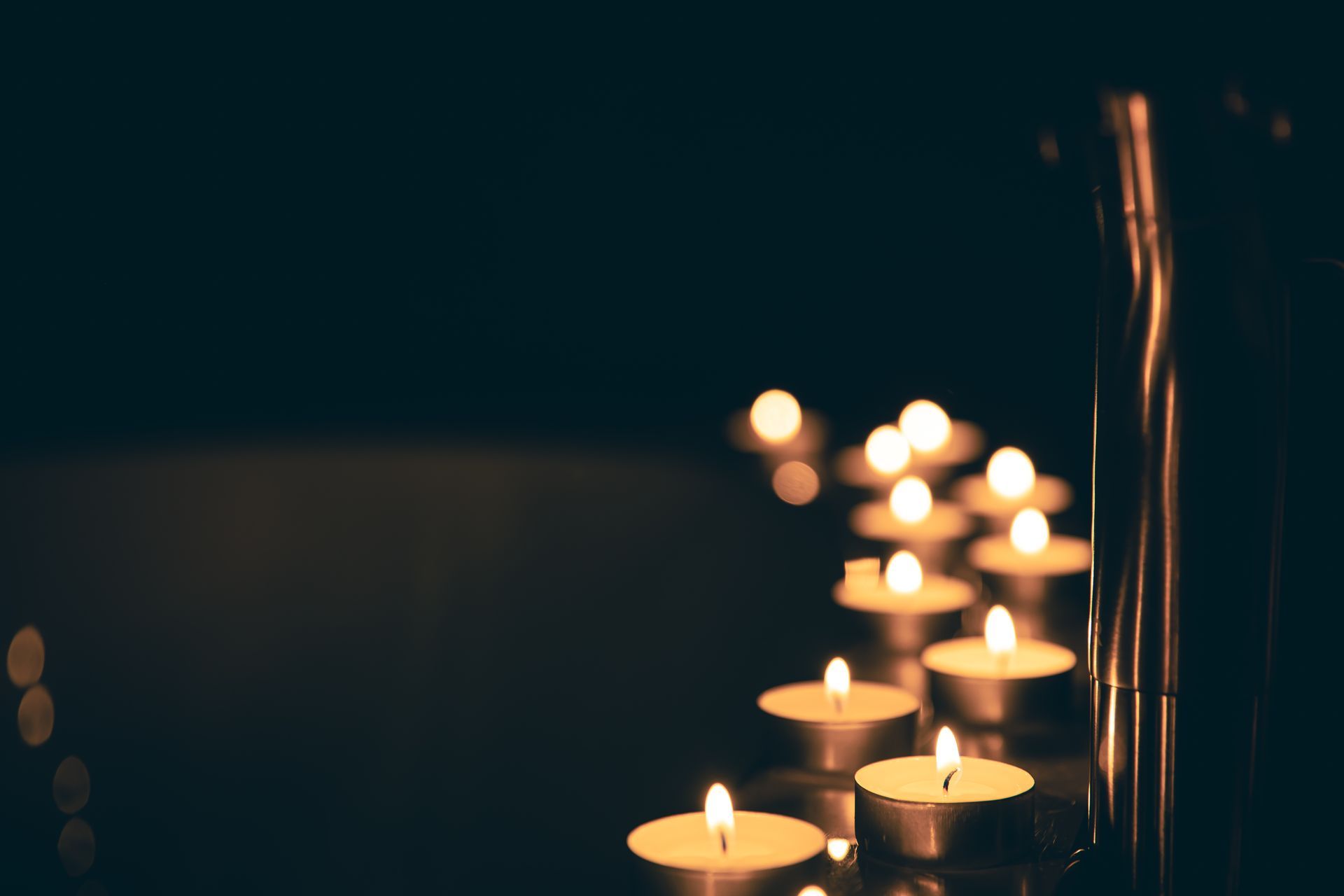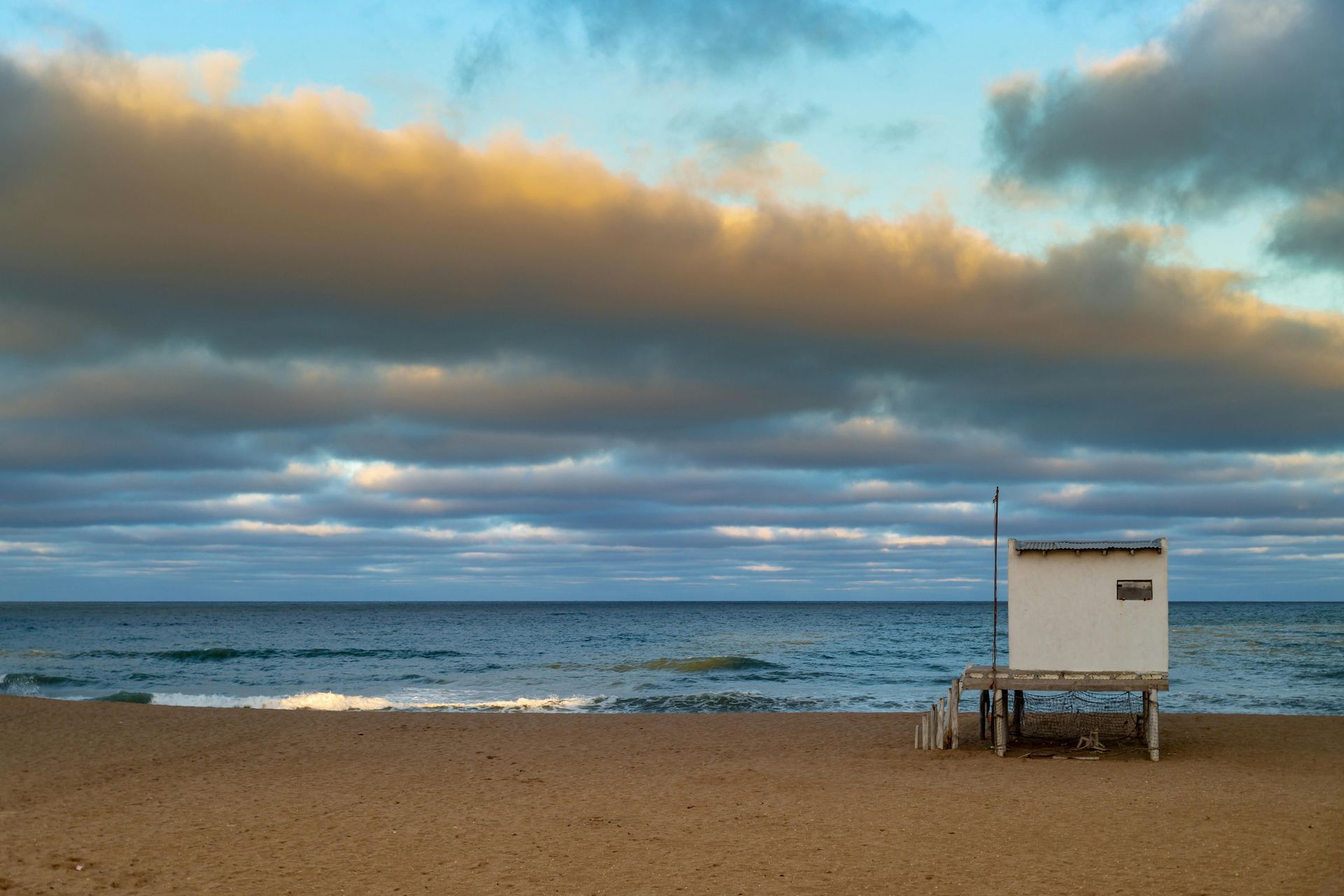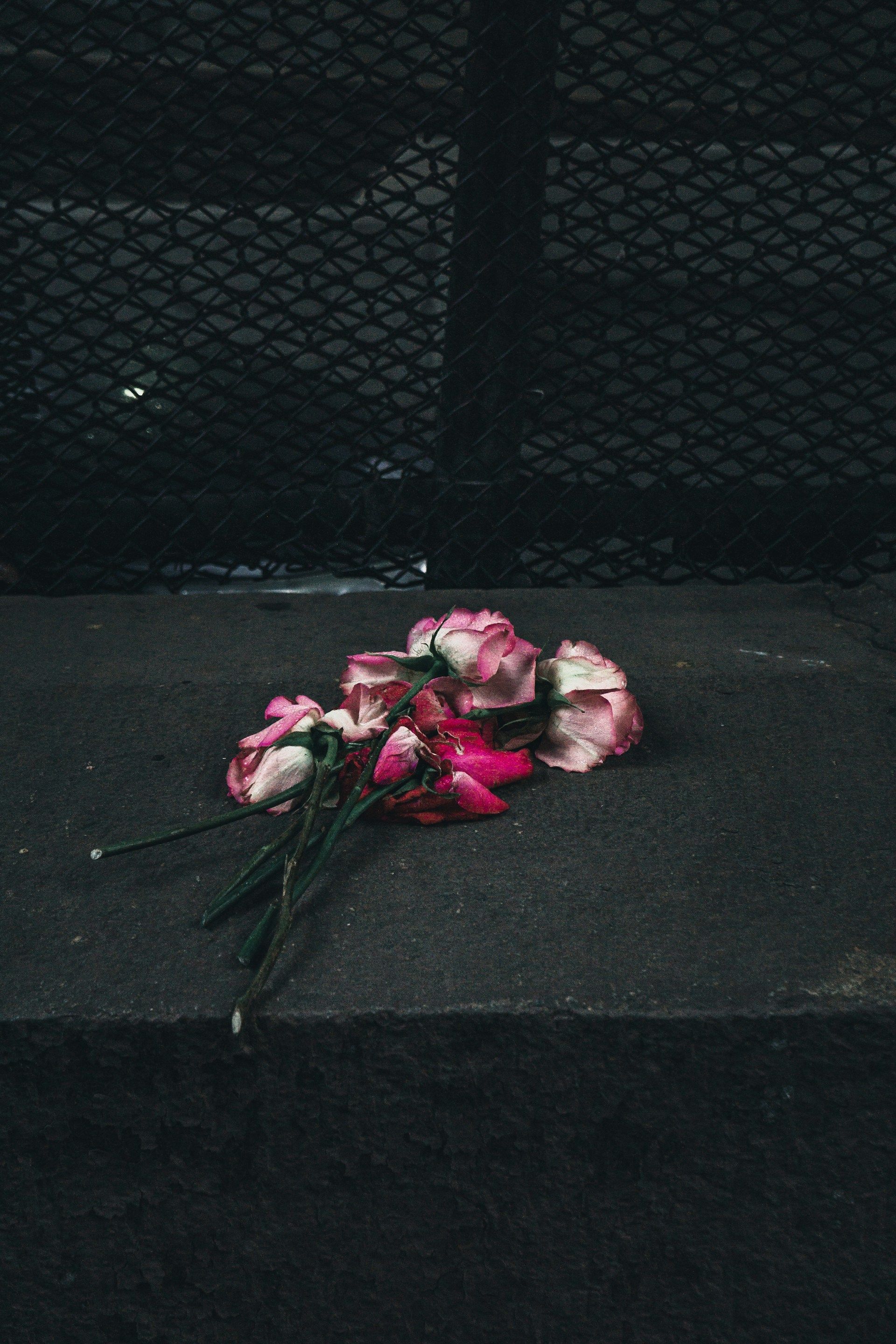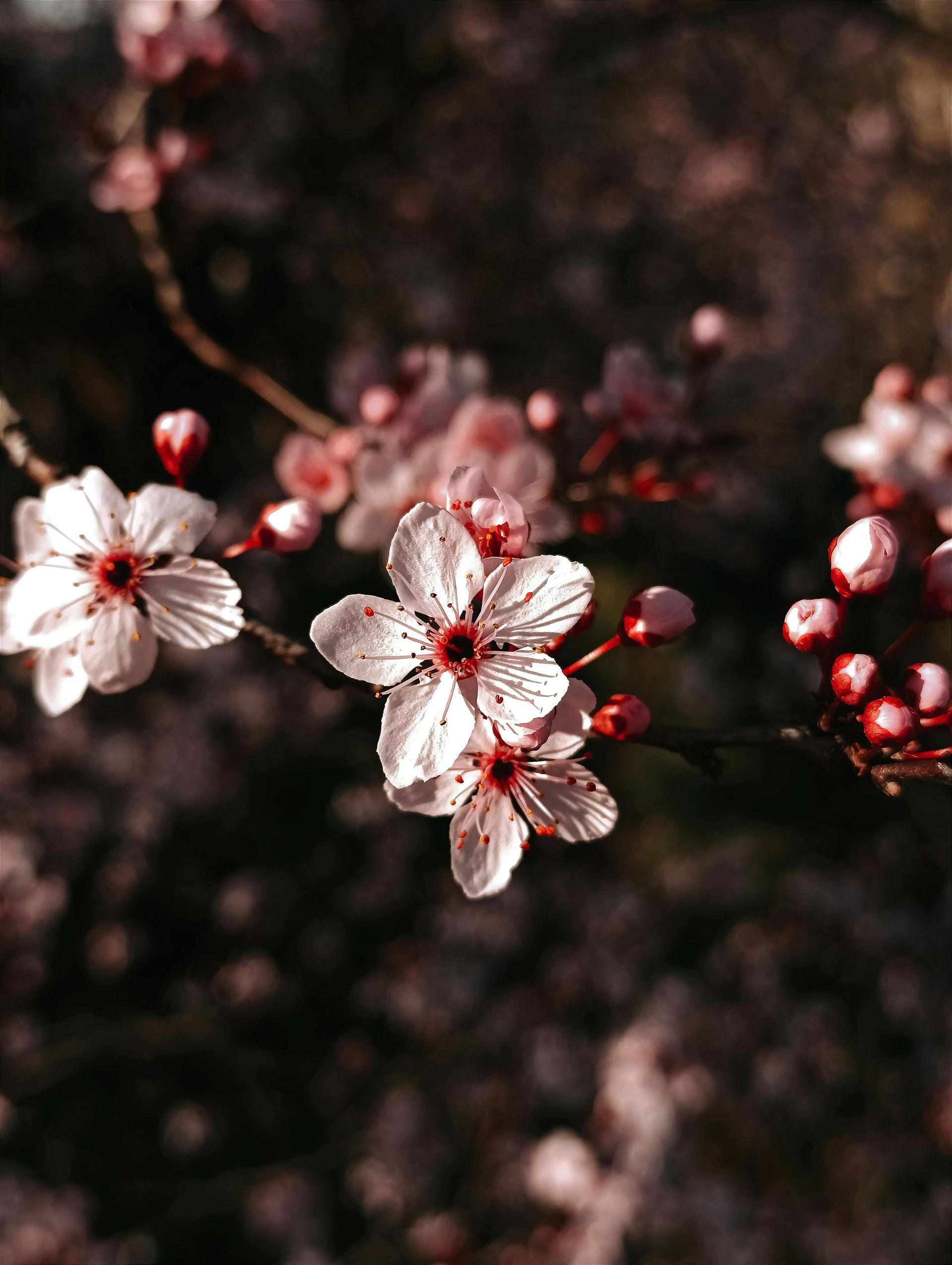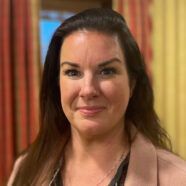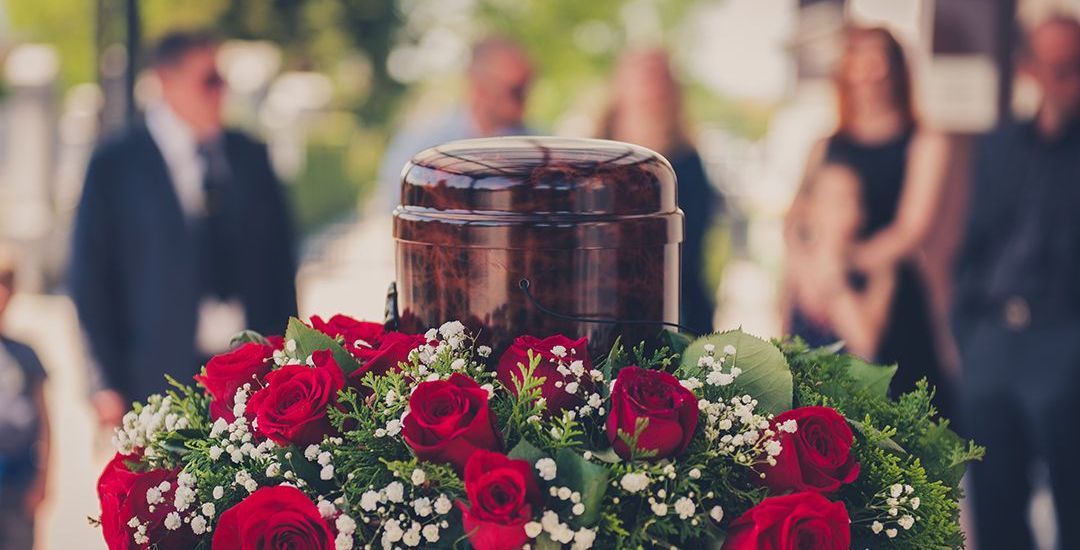Selecting a Headstone or Grave Marker
July 15, 2018Memorialization is a very important part of the human experience. We name streets, buildings and even towns after people so that we can remain connected to them. When someone we love dies, most people look for some way to permanently acknowledge that person’s life and it is often through a stone monument or marker. A headstone provides a place for friends and family to visit, remember, and reflect for years to come. The design can echo the deceased’s personality, beliefs, and tastes, and serve as a lasting tribute to a loved one’s life.
Photo credit: Susan Stevenson/123RF.com
At Keohane, our funeral directors are deeply connected to the concept of memorialization. Although we do not offer monuments for sale, we will often make suggestions to families about how to permanently recognize the person who has died. This can vary from suggesting personalized engraving on an existing monument to the selection of a new monument or marker. We make these suggestions based on what options are available to them and on how they may desire to make the memorialization more personal and meaningful too them.
Deciding how to represent the life of your loved one in a headstone involves many decisions that may come during a difficult time. This guide will help you understand the steps involved and aid in making a more informed decision.
- Consult the cemetery: Each cemetery has their own restrictions and regulations for the size and type of headstones that can be erected on each lot. While some cemeteries might allow large headstones, others have rules that limit a headstone’s size. Many cemeteries strictly regulate the type of headstone you can erect or the material from which it is constructed. For example, there are cemeteries that only allow flat markers and some that only allow bronze or granite headstones. The first step would be to call the cemetery to find out what is allowed for the specific lot of your loved one.
- Plan ahead: Addressing memorialization in the advance planning process is a wonderful opportunity. Most importantly, it allows families to research what memorialization options they have should they choose burial or inurnment in a particular location. For example, the increase in people choosing cremation as a method of immediate disposition has created opportunities for people to be buried in family cemetery lots where there may not be room for casketed burials. Sometimes, since extra burials may not have been anticipated, there may not be room for extra memorialization on the monument. It is far better to know this in advance rather than after a person is buried since in some cases there may not be any memorialization option available. Another benefit of considering memorialization in advance is time. Working with family members on this ahead of time allows for the creativity and thoughtfulness that is often muted by the stress of losing a family member. In some cases, families plan everything in advance so that everything including the date of death can be engraved before we arrive at the cemetery for the ceremonies! This is of great comfort to many families.
- Select a supplier: Headstones and grave markers can be supplied by several different monument suppliers. The funeral home or cemetery can provide a headstone as part of your funeral package, or you can work directly with local stone masons or monument businesses to make your own arrangements. These days, it is also possible to purchase a headstone direct from an online supplier. In many cases these suppliers are established monument businesses. In addition to offering significant discounts compared to the cemetery price of a monument, online suppliers can also offer access anytime so you can browse the selection of monuments at your own time and convenience. This also allows families to consult together following a bereavement, especially when they are separated by distance. The downside of online suppliers is the lack of a showroom for you to see and feel the quality of the monuments.
- Type of Memorial: There are several types of grave markers, including Monuments, which stand upright; Slants, which are more wedge-shaped; Markers, which are typically flat; Plaques, which are attached to the monument, wall of a niche, or mausoleum; and Benches, which also offer seating. You can choose either a single marker or companion grave marker. As many loved ones want to be buried together or next to one another, it can often be more economical to purchase a companion headstone.
- Type of Material: Granite, slate and marble are the most typical types of stone used for memorials. Of the three, granite is the most durable and is the recommended material for most memorials. There are many different types and colors of granite found throughout the world. Cost is determined by the rarity, country of origin, how difficult it is to quarry quality pieces, and the size of the memorial. There are four main types of finish for granite, including polished; steeled (or unpolished); honed, and rough. A stone can be all one type of finish or any combination of the finishes. You can visit a local cemetery or monument supplier to get an idea of how each of the finishes looks in the completed memorial.
- Shape of Memorial: Options for the shape of memorials are nearly limitless. The stone can be shaped into almost any form from the natural shape of a boulder to a lighthouse or open book. There are cross-shaped memorials, memorials with columns, and memorials engraved with hearts; flowers; birds and angels.
- Design of Memorial: Epitaphs, symbols, and important information about the deceased are engraved into the memorial. There is an old adage that the most important character on a monument is the dash between the date of birth and the date of death. This is because the dash represents all the person did and who he or she was during life. Years ago, many people added identifying language to monuments like “mother” or “beloved son” to help frame an image of the person. With today’s technology, an actual photographic image of the person can be etched onto the stone for further personalization. Not every person goes to that level of memorialization, but there are many options available to really help focus on the dash that was the person’s life.When choosing an epitaph, consider your loved one’s personality, life achievements, and personal style as well as the size of the monument and the font style and size. The font for the epitaph and information about your loved one is an important consideration in the overall design of a headstone. While some people prefer a headstone with strictly text, others may choose to include images such as religious symbols, animals, or flowers. These images can reflect your loved one’s tastes, life accomplishments, and religious affiliation. Most suppliers will provide a library of artwork for you to choose images for the headstone or you can create a custom design.
- Request proofs: Once a design is chosen, your supplier should send you a proof of the headstone to be approved by you and your family. If you don’t like the first proof or find any typos or errors, ask for a second proof. Most suppliers will provide you with two or three proofs without additional charges. Make sure you go through this important proofing step to avoid ending up with a headstone that does not meet your expectations. Once you approve the proofs and pay the deposit, the supplier will manufacture the headstone. Completion times vary by the supplier, so ask your supplier how long it will take to finish the memorial.
For more information on choosing a headstone or grave marker, visit the following links:
How Much Does a Gravestone Cost?
Just like the options for funeral ceremonies, there are many options for permanent memorialization. Many families visit cemeteries and research the many different types of monuments, markers and engraving available but we always recommend that they consult with a memorialization professional like those at Quincy Memorials. These professionals know not only about the types of stone used and the types of engraving available, but they also know the restrictions and rules of the cemeteries. With this knowledge, they can help you create the perfect memorial.


